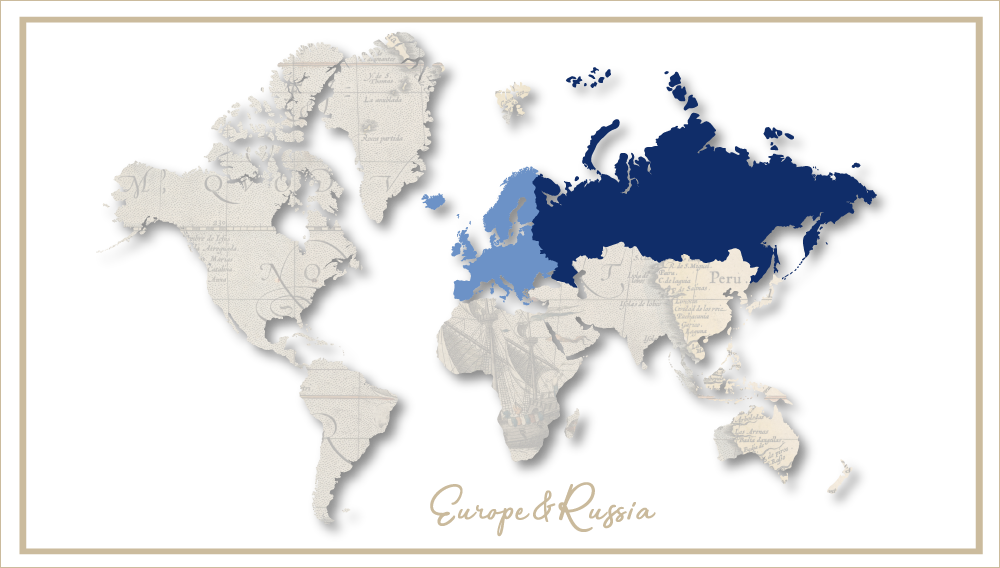Canadean International Beer Strategy Conference
“Delivering value – profitable growth in a challenging world” was the title of Canadean’s tenth conference, which was held on 24 and 25 April 2008 in Spain’s capital Madrid.
How times are a-changing. In 1998 when Canadean hosted its first beer industry conference in London, the top ten global brewers controlled far less than half of the world’s beer output. Today they call 55 percent their own. The top five alone brew about 42 percent of total volume, the top 20 more than two thirds. Even Germany, then considered most resilient to the forces of consolidation and globalisation, has witnessed a bout of concentration. While in 1998 the top ten German brewers had a market share of only 37 percent, they have upped it to more than 66 percent ten years later.
Social changes, economic changes – all have left their mark on the brewing industry. Nowhere more so than in Spain, which in the past decade has become a fairly liberal, fun-loving and prosperous country. It is hard to tell why Canadean’s conference in Madrid has attracted more delegates (almost one hundred) than all previous ones. Perhaps it was the location. Spain is after all, one of the few growing beer markets in Europe with a growth rate of 5 percent per year and a per capita consumption, says Canadean, of about 80 litres. Besides, globalisation has not really caught on in Spain where foreign brewers share less than a third of the market compared with the United Kingdom, where they have 83 percent. What makes Spain stick out even more in the European context is its high share of low-alcohol and alcohol-free beers (10 percent of the market) and the strong growth of own label beers.
Nevertheless, it cannot have been the location alone that brought delegates from all over the world to Madrid. More likely, it was the high demand for a top-level industry get-together now that Rüdiger Ruoss has discontinued organising his four-yearly World Beer and Drinks Forum, which was last held in Munich in 2005. There seems to be a need for a conference which is intimate enough for people to speak their mind and but also well attended by people in the know and with a say in their respective companies to make it worth while being away from the office for two days.
The corollary of all this is that the quality of papers and presentations is high. And I am not saying this because I had been invited by Canadean to moderate one of the sessions on the challenge of prices, which turned into a most instructive university tutorial on “raw material prices 101” (Stephan Barth’s words).
Just take this as a hint that over the coming months you will read a lot about the papers given on this site.
The keynote presentation was Alex Myers’, Senior Vice President Western Europe of Carlsberg, who had to stand in for his boss Jorgen Buhl Rasmussen at the last minute. Carlsberg’s CEO was busy putting the finishing touches to the Scottish & Newcastle deal and therefore unavailable
Alex Myers gave an overview of the strategic changes Carlsberg has undergone over the past decade. As he pointed out in 1999 Carlsberg was a 27 million hl brewer only, thinly spread across the globe. In 2007, Carlsberg produced 115 million hl and ranked fifth largest among the world’s top brewers. Carlsberg has only been international, said Mr Myers, for the past five or six years, after the company decided to a, redefine is geographic strategy, b, turn into a portfolio brewer from an erstwhile mono-brand company and c, refocus on operational excellence (that is get their house in order).
After all these years, Carlsberg still consider themselves a regional not a global brewer. True, they had a head start in Russia and other countries of the CIS. However, they view their engagement in Asia as a seeding strategy only and the Americas plus Africa “non-core”. Mr Myers gave a telling account of why they had moved into Russia rather than the U.S. He recounted how he was given USD 2 million, admittedly very limited resources and was told “to do something with it”. What could he do with it? In the U.S., his partners told him that with that sort of money he could perhaps achieve beer sales in the order of 100,000 hl, whereas his Russian partners promised him 200,000 to 300,000 hl.
Given that the western European markets are forecasted to decline 1 percent per year, Carlsberg have placed their bets on eastern Europe as their growth engine. Volume-wise, eastern Europe and Baltic Beverages Holding (BBH) will account for 50 percent of Carlsberg’s global beer volume. Profit-wise, BBH is to contribute 41 percent, western Europe 52 percent (operating profit, that is). In western Europe, said Mr Myers, the focus will be on improving earnings, in eastern Europe on profitable growth.
More generally, Carlsberg will have to rebalance their brand portfolio and make an effort to develop locally specific portfolios. In order to “build from above”, Carlsberg will also sell partner brands, for example brew Guinness under licence. In order to “defend from below”, Carlsberg is not averse to brewing low margin brands. i.e. economy brands also known as cheap beer.
The immediate task at hand, of course, is the integration of the parts of Scottish & Newcastle that Carlsberg acquired in that joint takeover deal with Heineken. As one commentator pointed out: “It’s a tough beer market in the UK but France (where Carlsberg takes on Kronenbourg) is not going to be any easier.”
More on Canadean’s Beer Strategy Conference in next month’s news.
Ina Verstl


